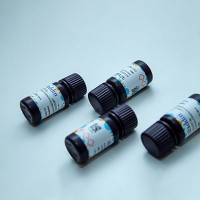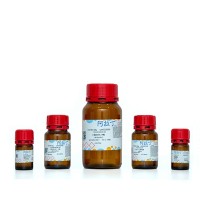Analysis of Glycosaminoglycans and Proteoglycans
互联网
415
The biosynthesis of glycosaminoglycans (GAGs) and proteoglycans appears to be a ubiquitous function in mammalian cells. Some biological sources, notably connective tissue, produce large quantities of GAGs that can be readily detected by colorimetric assays and, therefore, may be investigated by well-established techniques that are fully described elsewhere (see Subheading 1.3. ). However, most tissues and cell cultures will yield only submilligram amounts of these macromolecules. This means that then investigation requires radiolabeling. For proteoglycans bearing sulfated GAGs, [35 S]sulfate is a relatively specific and readily incorporated radiolabel. [35 S]sulfate is comparatively inexpensive, and is efficiently detected by both liquid scintillation counting and fluorography. A major disadvantage is the relatively short half-life of 35 S, 88 d, which limits the time available for postincorporation analysis. However, an advantage of radiolabeling is that only those macromolecules synthesized during the labeling period will be studied. Previously synthesized macromolecules that may be partially degraded will not be detectable.







